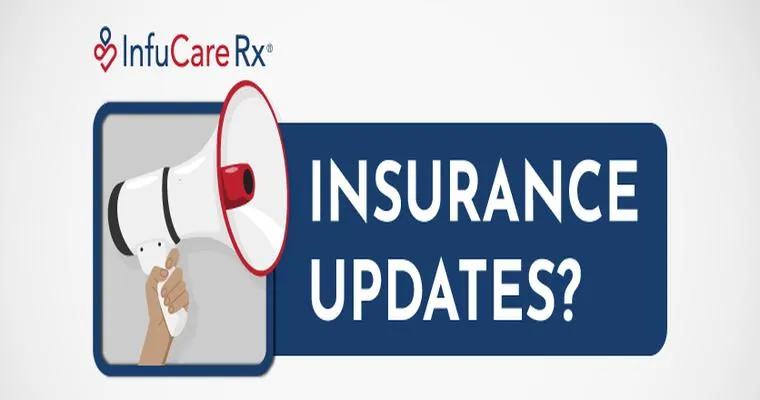In recent months, significant "insurance changes" have been implemented across various sectors, affecting both consumers and businesses. As we navigate through 2023, it is crucial to stay informed about these alterations to understand how they may impact your "coverage options", "premiums", and overall "insurance policies". This article will provide a comprehensive update on the latest trends and modifications in the insurance landscape, ensuring that you are well-equipped to make informed decisions regarding your coverage.
One of the most notable "insurance changes" has been the adjustment in "health insurance" plans due to the ongoing effects of the pandemic. Many insurers have expanded their telehealth services, making it easier for policyholders to access healthcare without the need for in-person visits. This shift not only enhances convenience but also promotes better health outcomes, particularly for those with limited mobility or access to healthcare facilities.
Furthermore, the "property insurance" sector has seen a rise in premiums, largely driven by the increasing frequency of natural disasters and climate-related events. Insurers are reevaluating their risk assessments and may require homeowners to invest in additional safety measures or disaster preparedness plans. This trend emphasizes the importance of understanding your "policy terms" and exploring ways to mitigate risks that could lead to higher costs.
In the realm of "auto insurance", several states have begun to implement new regulations aimed at improving coverage for drivers. These regulations often include enhancements in "liability coverage" and the introduction of more flexible payment plans. As a result, consumers may find themselves with better options tailored to their specific needs. It's essential to review your current auto insurance policy and compare it with the updated offerings to ensure you are receiving the best possible coverage.
Another significant change is the growing emphasis on "cyber insurance". With the rise in cyberattacks and data breaches, businesses are increasingly recognizing the need for robust cyber protection. Insurers are responding by developing specialized "cyber insurance policies" that help organizations mitigate financial risks associated with data loss and regulatory penalties. As a business owner, it is vital to consider whether your current insurance plan adequately covers digital threats.
For individuals seeking "life insurance", changes in underwriting processes have made it easier for many to qualify for coverage. Insurers are now leveraging advanced data analytics and technology to streamline the application process, often eliminating the need for invasive medical exams. This modernization can help you secure a policy that meets your needs more quickly and efficiently.
As we look ahead, it is clear that the landscape of insurance is continuously evolving. Staying updated on these "insurance changes" will empower you to make proactive decisions regarding your coverage. Whether you are reviewing your "homeowners insurance", "health insurance", or "business insurance", understanding these trends is crucial for navigating the complexities of the insurance market.
In conclusion, the recent "insurance changes" reflect a broader shift towards enhanced coverage options, increased premiums, and greater accessibility. By keeping abreast of these updates, you can better protect yourself, your family, and your business from unforeseen risks. Always consult with a knowledgeable insurance agent to explore your options and ensure that you are making the most informed decisions regarding your coverage.





